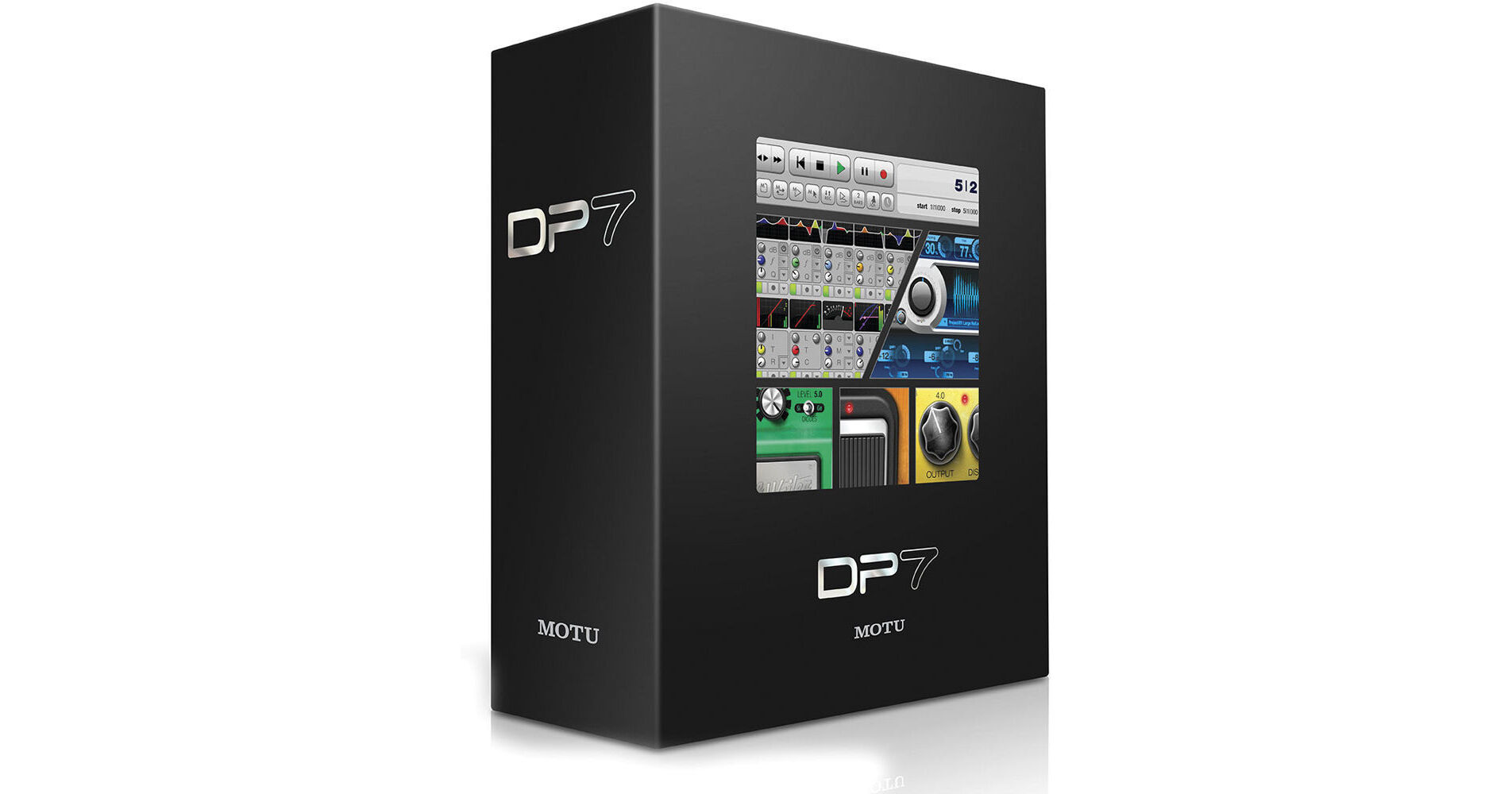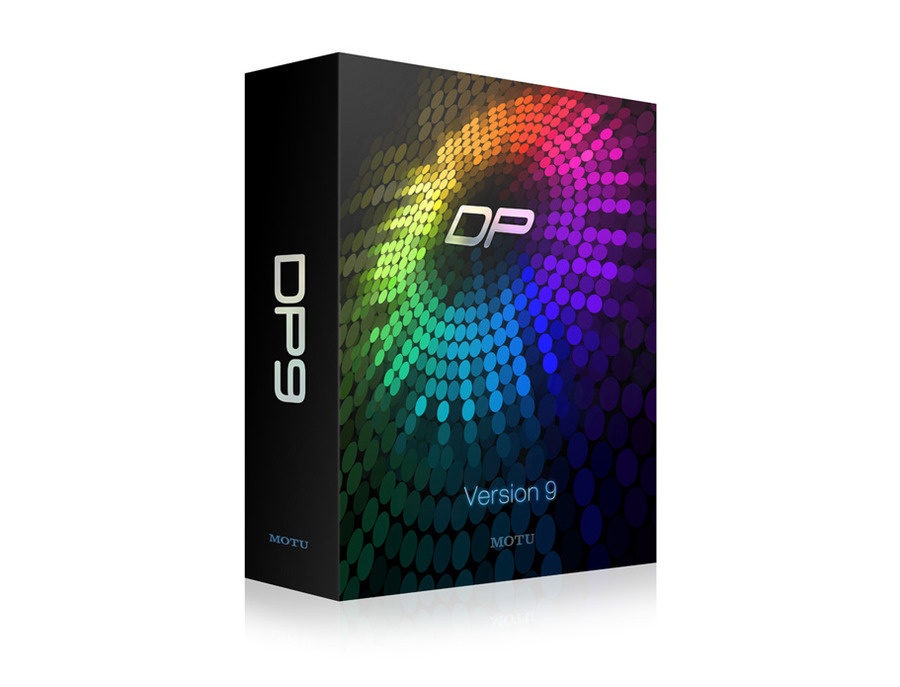
In DP 11, users can record multi-channel output from an MPE controller - such as a Roli Seaboard - as regular MIDI notes with encapsulated MPE expression data. Support for MIDI Polyphonic Expression (MPE) and Per-Note CCs DP’s Graphic Editor provides clear, intuitive editing of articulations in separate lanes. In addition, each articulation can trigger multiple forms of output, from on-velocity changes to note stacks, providing support for even the most advanced orchestra libraries, such as the VSL Synchron engine. Because notes remember their symbol, users can instantly switch maps at any time (to a different sound library, for example). Symbols remain connected to their orchestra library sounds, so that what you see is what you hear.

Users can create or import articulation maps to build dynamic instruments and ensembles, allowing them to play, record or program expressive performances with unprecedented realism and musical impact.Įach articulation can be mapped to a symbol, stem ornament, alternate notehead or custom text (such as con sordino) in DP’s QuickScribe notation editor. With DP’s new Articulation Maps feature, users can take full control of the expressive depth of today’s most advanced orchestral sound libraries, including VSL, East West, Spitfire, Cinesamples and many others.

#Motu digital performer 7 review update
MOTU has released Digital Performer v11, a major update that adds Nanosampler 2.0, Articulation Maps, MPE support, Audio Retrospective Record, native Apple Silicon support and more.


 0 kommentar(er)
0 kommentar(er)
